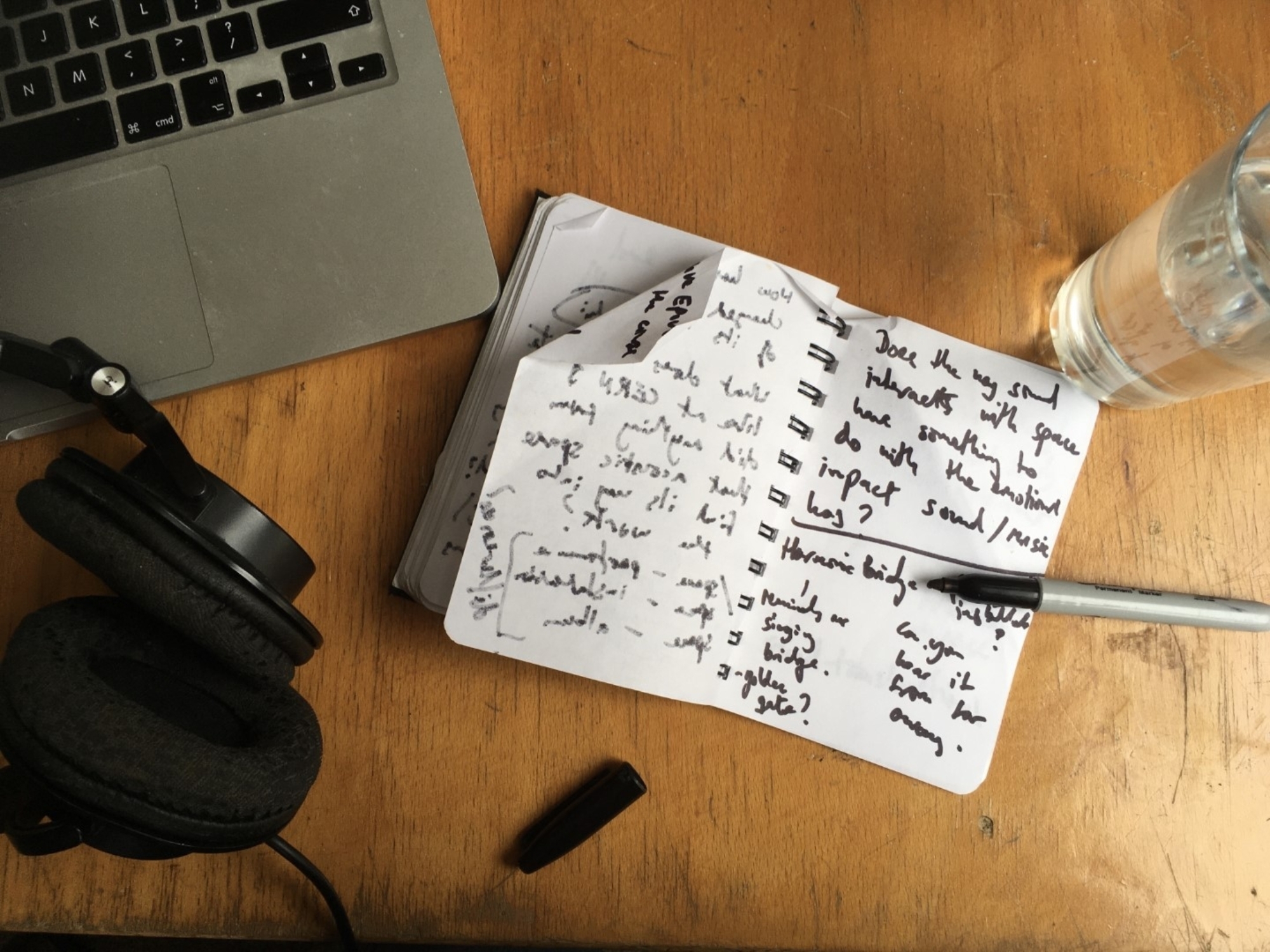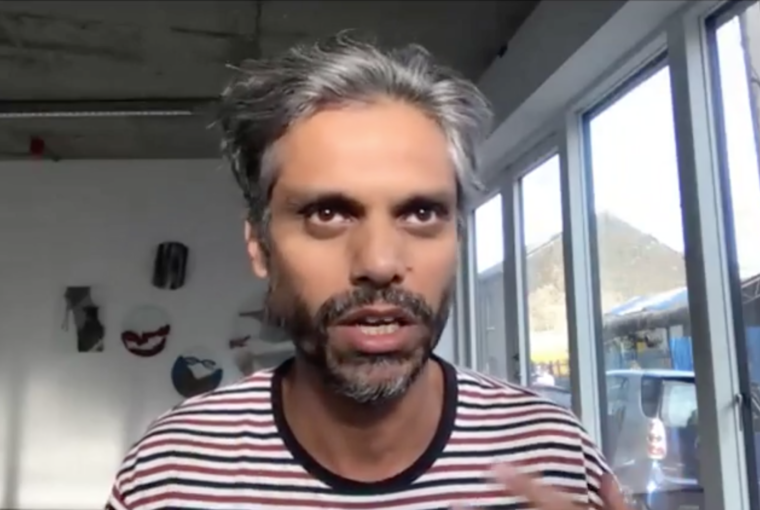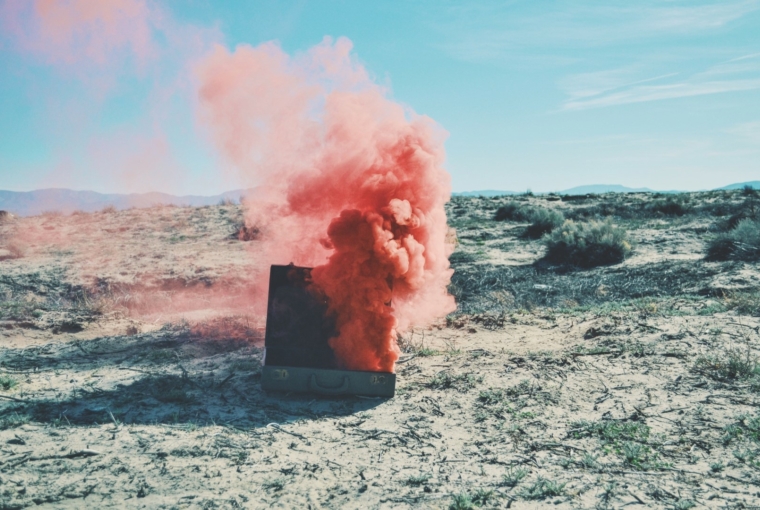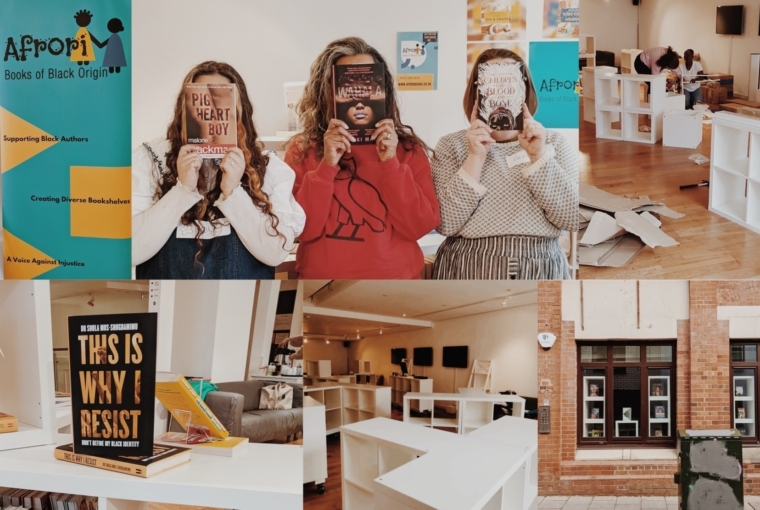
What we learnt from 'The Space in Sound'
Written by: The Space in Sound producer, David Richards.
Here, David Richards, Producer of The Space in Sound, reflects on some of the learnings from this series of online events, which included a masterclass with sound designer Paul Davies, a conversation between Paul and filmmaker Aneil Karia, and a series of talks from artist Haroon Mirza and academics Kersten Glandien and Lucy Harrison.
The use of sound in art is of great interest to me, and this programme is of particular personal importance as it is the first programme that I have helped curate at Lighthouse. Whilst it is a shame that the pandemic forced the programme online, it felt good to get it out into the world. I thought it might be useful to share some of my learnings from the event.
1. There are three sound worlds in film.
It was a great pleasure to be able to spend 3 hours in the company of Paul Davies discussing the ways in which sound can be used to immerse an audience into the world of a film. Paul thinks of there being three distinct spaces that sound can can create to support the director’s intentions:
Objective space
This is the creation of the audio world as seen on-screen: a car drives past, and it sounds as you would expect it to; if something is seen, you hear it as you would in real life; the mix of sounds approximates the natural mix of sounds that an objective ear would hear. You can think of this sound-space as the space of documentary-sound.
Emotional/character space
This is the creation of the audio world as experienced by the character the scene is focussed on. Elements of the sound world are pushed or pulled, heightened or lowered in the mix, in order to better illustrate the emotional state of the character: a police siren is brought up in the mix to increase the feeling of jeopardy for a character in trouble; the train doors close more loudly than usual in order to jolt the character awake from their hungover dream. This sound-space is rooted in the real world, but focussed on how the character experiences that world.
Subjective space
This is the creation of an audio world that approximates the inside of the character’s head. In this space, the sound design can move towards abstraction; sounds can become distorted, stretched or blurred. The world does not have to sound as it sounds in real life, the world sounds as it feels to the character. This is Paul’s favourite area to work in, and is superbly demonstrated in his impeccable sound design for Lynne Ramsay’s film You Were Never Really Here.
2. Don’t be afraid of approaching your dream-collaborators
Aneil Karia was making his first feature film, Surge, and had a huge admiration for Paul Davies as a sound designer. The project appealed to Paul, and it began a working relationship that has led to further shorts and music videos. Their conversation for The Space in Sound didn’t encompass other collaborations, but it is worth noting that Aneil also worked with Ben Whishaw on Surge, one of the UK’s best-loved actors. Even high profile collaborators can respond to new directors, and lower-budget work, if the project grabs them.
3. Working with people from different disciplines can allow you and your collaborators to be freer in your thinking and work
Artist Haroon Mirza worked with scientists, musicians and other collaborators to create the multi-format work, The Wave Epoch. At different stages in its life, the work has been presented as a performance, an installation, and will soon become an album too. With improvisation at its heart, the cross-pollination of ideas from collaborators from very different disciplines allowed for less-guarded thinking and more speculative ideas to come to the fore. The core ideas, or the ‘code’ that underpins the work remains, but the different spaces allow those ideas to bloom in different and interesting ways.
4. Public sound art is a powerful tool for focusing attention
Dr Kersten Glandien used a wealth of examples to illustrate the ways in which public sound art can draw public attention to stories hidden beneath the surface of the cities we live in: the sound of crashing waves at the Arc de Triomphe to commemorate VE day, amplified at such volume so as to drown out the traffic; the construction of tubes underneath an overpass in Massachusetts to derive a low hum from the harmonics of the bridge traffic; Max Neuhaus’s permanent sound sculpture hidden under the subway grates of Times Square that sings underneath the pedestrians and traffic; Christina Kubisch’s Electrical Walks, that allow the audience to hear the sounds of the electromagnetism of the machines around them. Her talk presented a powerful argument for the use of sound works in public spaces to create room for contemplation and attention in our overstimulated everyday lives.
5. Our cultural history informs the meaning we derive from sound
Dr Lucy Harrison’s talk was a great practical toolkit in how the use of sound within interactive narratives can help tell an audience where to go, what to do, what is good and what is bad. However, what I found most interesting was her explanation around how our responses to these sounds are informed by the culture in which we grew up. For example, in Western culture the ‘evil’ association that we have with the tritone interval has its roots in the church and their historic assertion that it was the “devil’s interval”. There is a semantics embedded in our response to sound, and this was something that I’d never thought of before.
7 October 2020
Supported by





